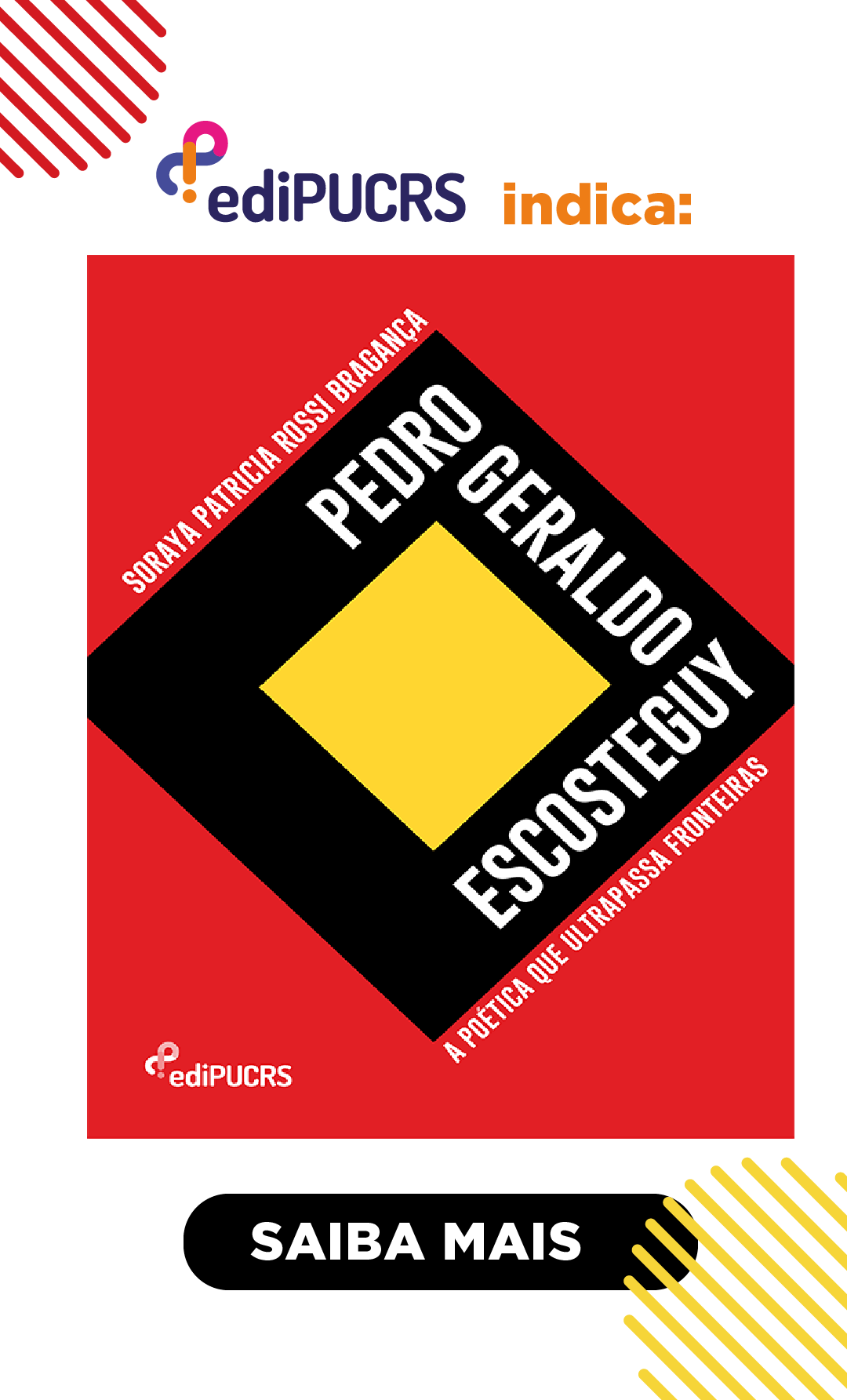O riso discreto e o soneto cômico: A uns olhos tortos
DOI:
https://doi.org/10.15448/1983-4276.2016.2.23754Keywords:
riso, decoro, engenho.Abstract
Este ensaio versa sobre a codificação dos argumentos risíveis nas práticas discursivas da Sociedade Corte. Os tratados de cortesia e as poéticas do Antigo Regime, apropriando-se da noção aristotélica de cômico, definem a matéria risível como torpeza física ou moral. De acordo com tais textos, o emprego de ditos risíveis deveria atender a um decoro áulico, codificado, basicamente, em função de duas finalidades: por um lado, a recreação dos ânimos, por outro, a ordenação agradável dos modos. Identificamos, pois, um gradativo deslocamento na normativa ética e poética, centrada, inicialmente, em questões relativas à matéria do riso e, posteriormente, nos dispositivos elocutivos que poderiam ser empregados em seu tratamento, ou seja, se, inicialmente, os preceptores definem o dito gracioso como amplificação de deformidades aparentes, posteriormente, a codificação do riso discreto concentra-se no tratamento engenhoso de torpezas propriamente ditas. O soneto cômico A uns olhos tortos, atribuído a Bacelar, exemplifica tais usos.
********************************************************************
The discreet laughter and the comic sonnet: The crossed eyes
Abstract: His essay deals with the coding of laughable arguments in the discursive practices of the Court Society. The treaties of courtesy and the poetic of the Old Regime, appropriating the Aristotelian notion of comic, define laughable matter as a physical or moral turpitude. According to these texts, the use of laughable sayings should serve to an aulic decorum, coded, mainly because of two purposes: on the one hand as the recreation of spirits and on the other hand as pleasant sort of manners. We identify a gradual shift in the ethical and poetic norm, focusing initially on issues related to the matter of laughter and subsequently in elocutive devices that could be used in its treatment, that is, if initially the tutors define the graceful saying as an amplification of apparent deformities, later on, the codification of discreet laughter focuses on ingenious treatment of shame itself. The comic sonnet The crossed eyes, attributed to Bacelar, exemplifies such use.
Keywords: laughter; decorum; engenius.
Downloads
References
ANTONIO, Joseph. Elogios al parnaso. In: QUEVEDO, Francisco de. El parnaso español, monte en dos cumbres dividido, com las nueve musas castellanas. Madri: Imprenta de Manuel Roman, 1713.
AULETE, Júlio Caldas. Dicionário contemporâneo da língua portuguesa. Rio de Janeiro: Delta, 1986.
BORGES, Cássio. A antologia poética no Antigo Regime: apontamentos sobre os aparatos bibliográficos da Fênix Renascida. In: Revista Texto Poético, v. 20, 2016.1, p. 38-61, jul. 2016.
CARVALHO, Maria do Socorro Fernandes de. Poesia de agudeza em Portugal. São Paulo: Humanitas Editorial; Edusp; Fapesp, 2007.
CASTIGLIONE, Baldassare. O cortesão. Tradução de Carlos Nilson Moulin Louzada. São Paulo: Martins Fontes, 1997.
CHARTIER, Roger. A história cultural: entre práticas e representações. Tradução de Maria Manuela Galhardo. Algés: Difel, 2002.
CUNHA, Mafalda Ferin (org.). Obras poéticas de António Barbosa Bacelar (1610-1663). Lisboa: Fundação Calouste Gulbenkian, 2007.
DELLA CASA, Giovanni. Galateo ou dos costumes. Tradução Edileine Vieira Machado; revisão da tradução Alcir Pécora. São Paulo: Martins Fontes, 1999.
GRACIÁN, Baltasar. El discreto. Edição, introdução e notas Aurora Egido. Madrid: Alianza Editorial, 1997.
OROZCO, Sebastián de Covarrubias. Tesoro de la lengua castelhana o española. 2. ed. rev. (Edição Felipe C. R. Maldonado; revisão Manuel Camarero). Madrid: Castalia, 1995.
PINCIANO, Alonso Lopez. Philosophia Antigua Poetica. Madrid: Thomas Iunti, 1596.
SYLVA, Mathias Pereira da (org.). A fênix renascida ou obras poéticas dos melhores engenhos portugueses. (Segunda vez impresso e acrescentado). Lisboa: Officina dos Herd. de Antonio Pedrozo Galram, 1746.
TESAURO, Emanuele. Tratado dos ridículos. Tradução Cláudia de Luca Nathan. Referências, v. 1, n. 1, Campinas: CEDAE/Unicamp, p. 1-59, jul. 1992.
Downloads
Published
How to Cite
Issue
Section
License
Copyright
The submission of originals to Navegações implies the transfer by the authors of the right for publication. Authors retain copyright and grant the journal right of first publication. If the authors wish to include the same data into another publication, they must cite Navegações as the site of original publication.
Creative Commons License
Except where otherwise specified, material published in this journal is licensed under a Creative Commons Attribution 4.0 International license, which allows unrestricted use, distribution and reproduction in any medium, provided the original publication is correctly cited.





